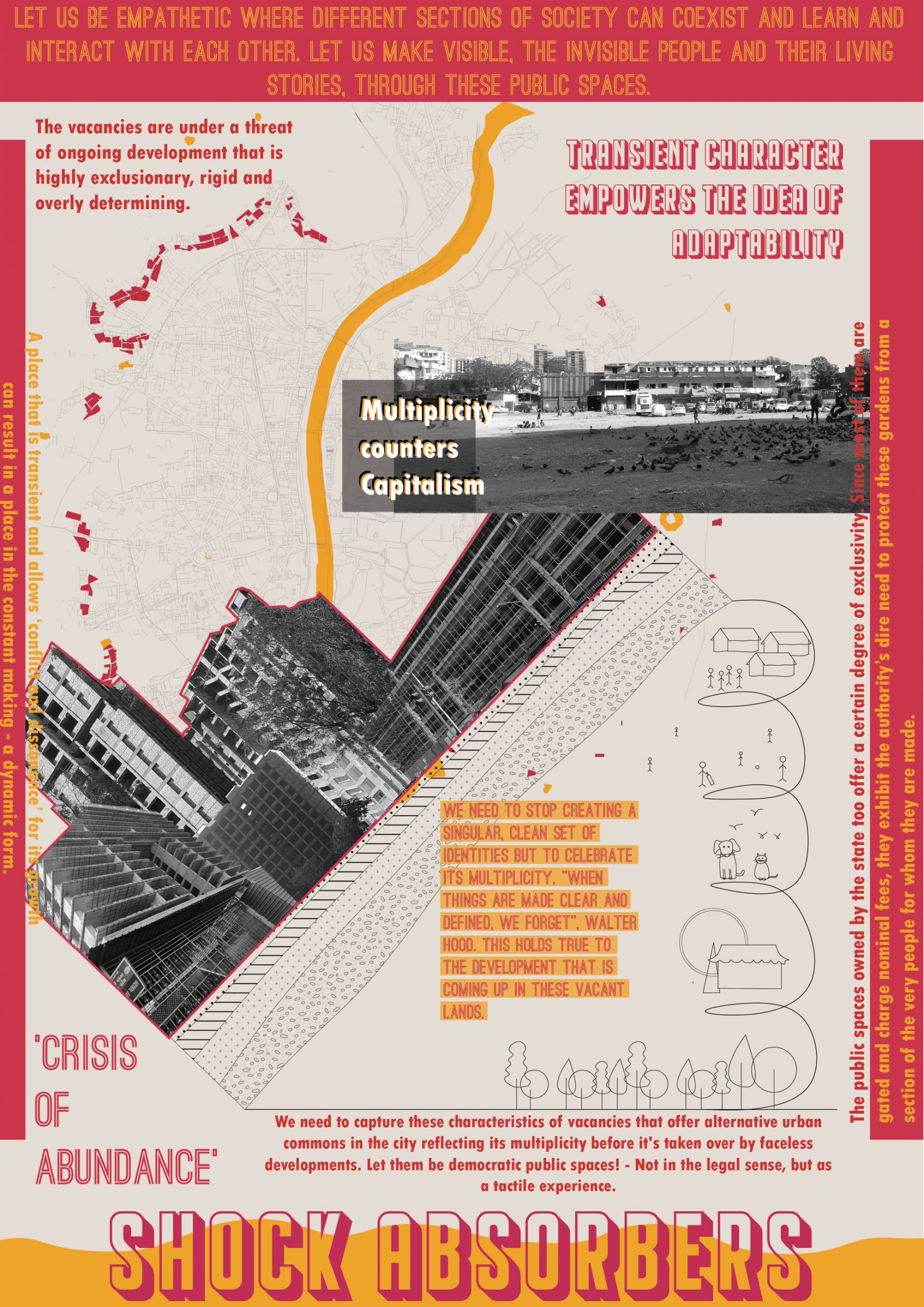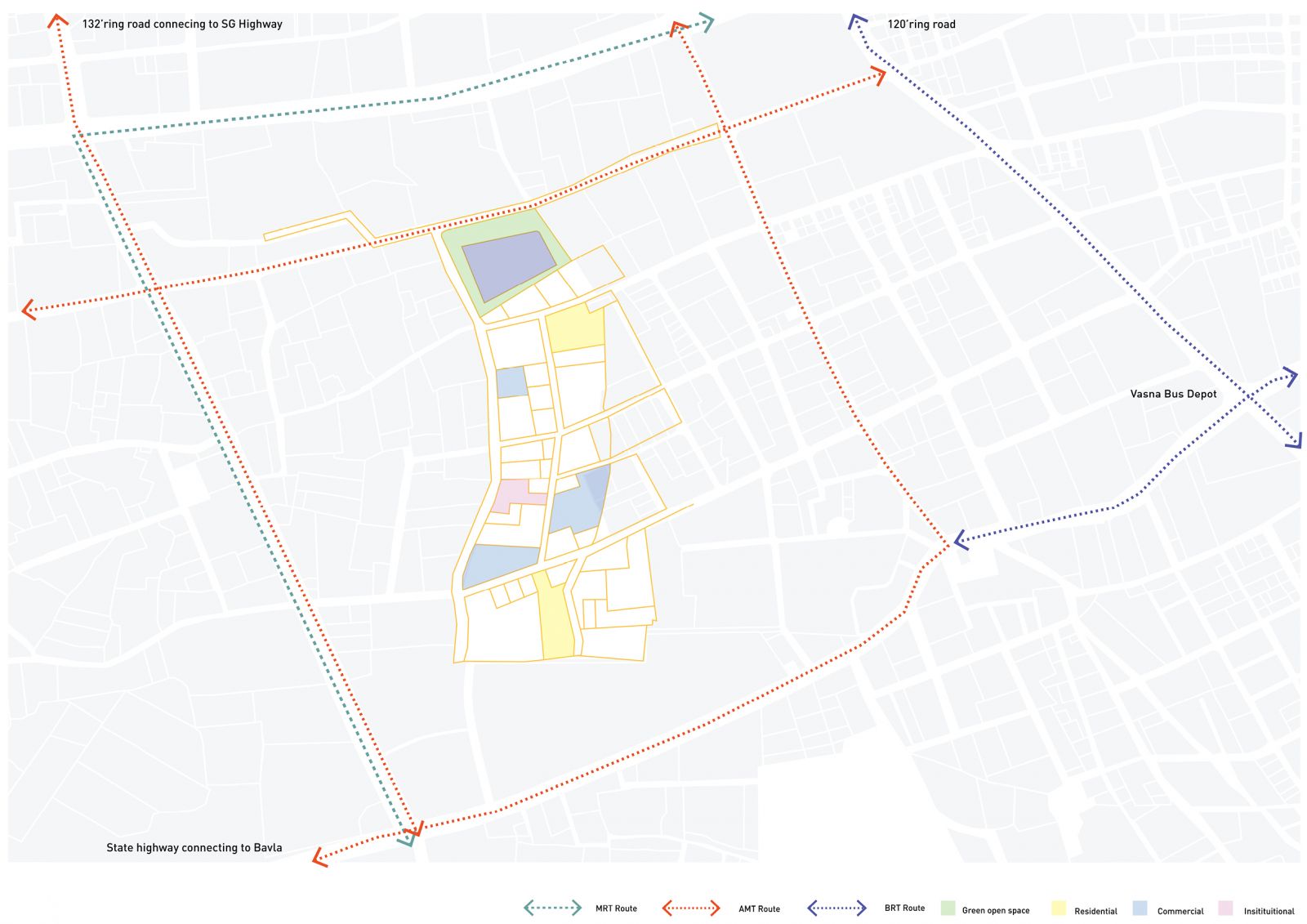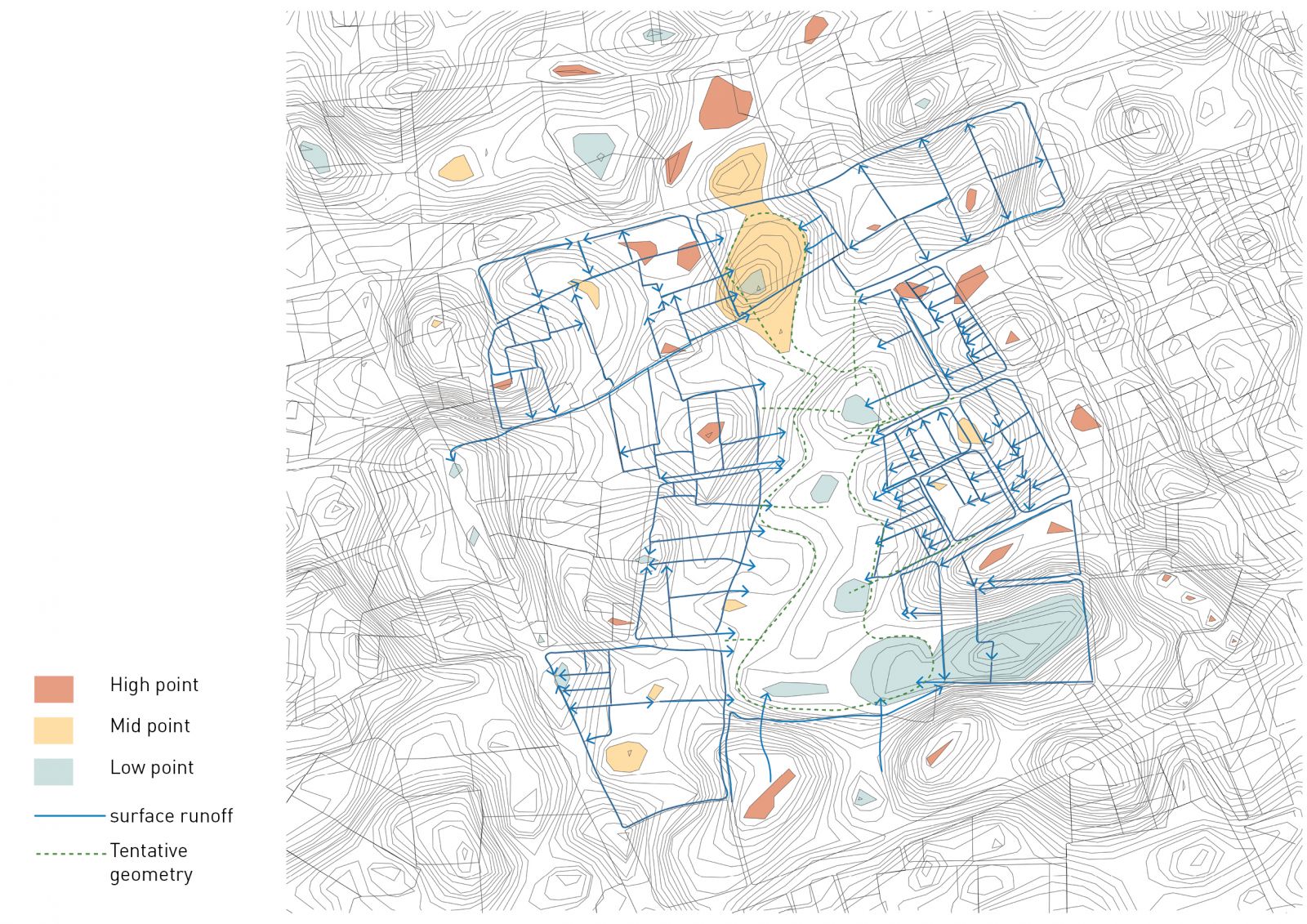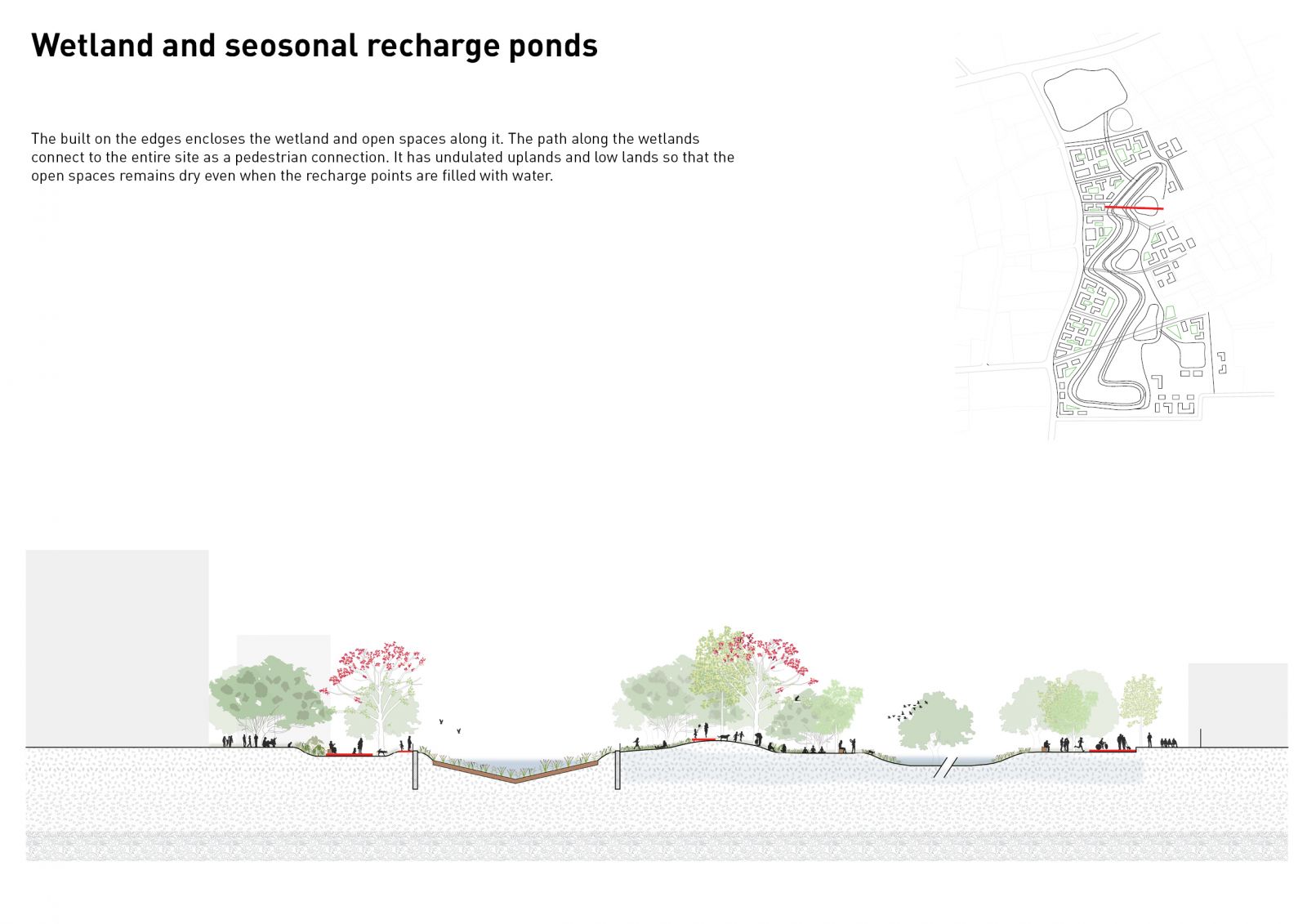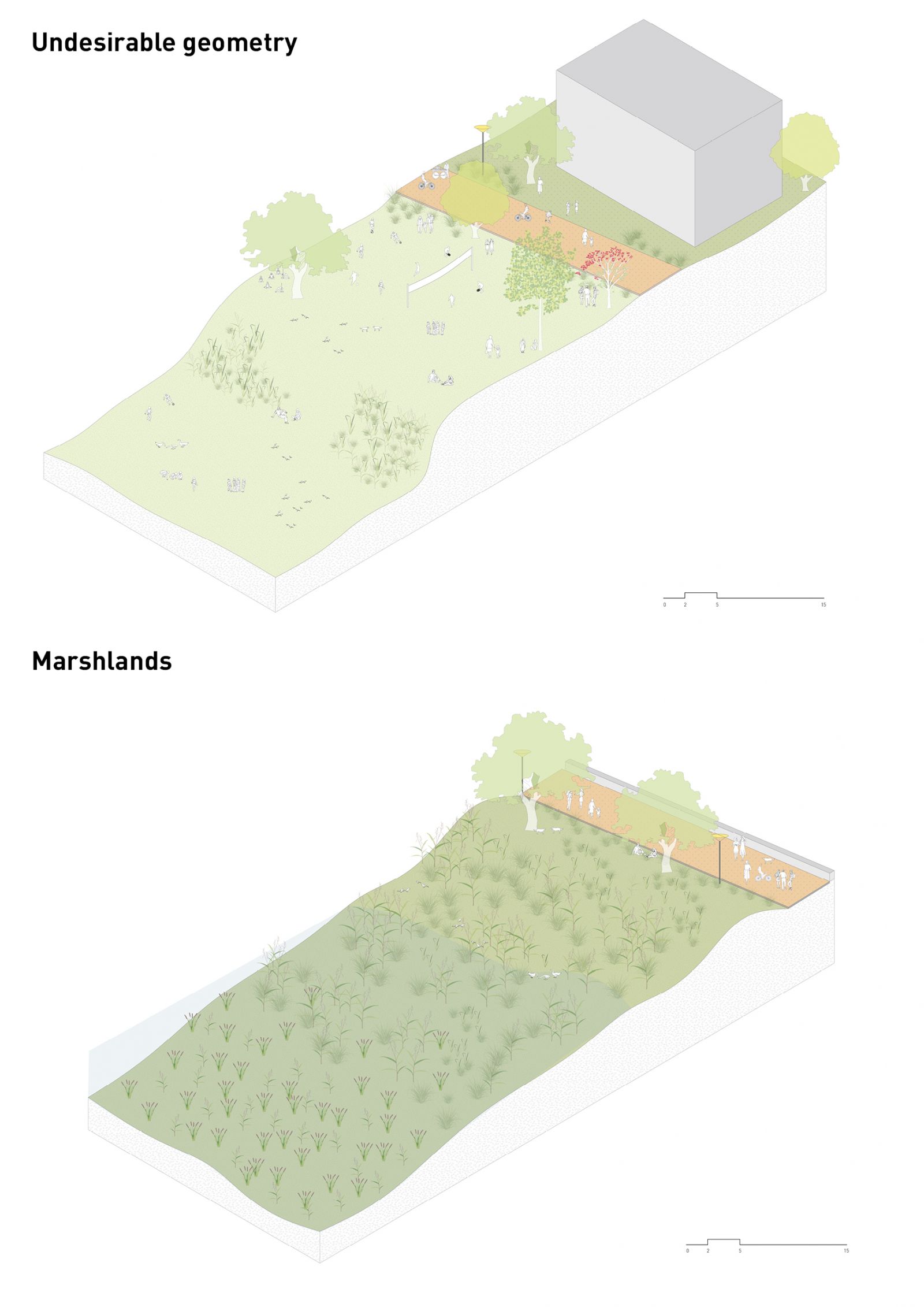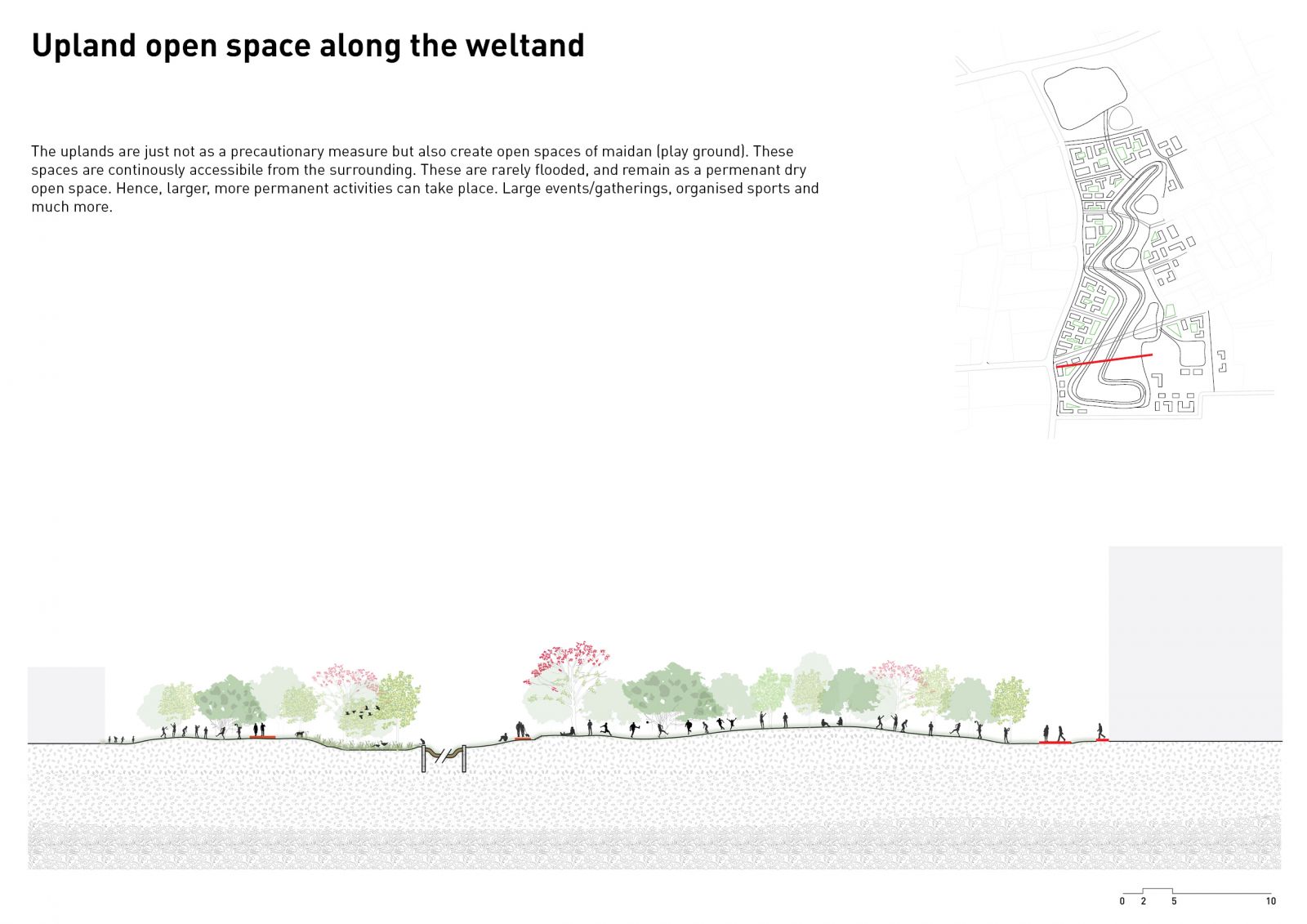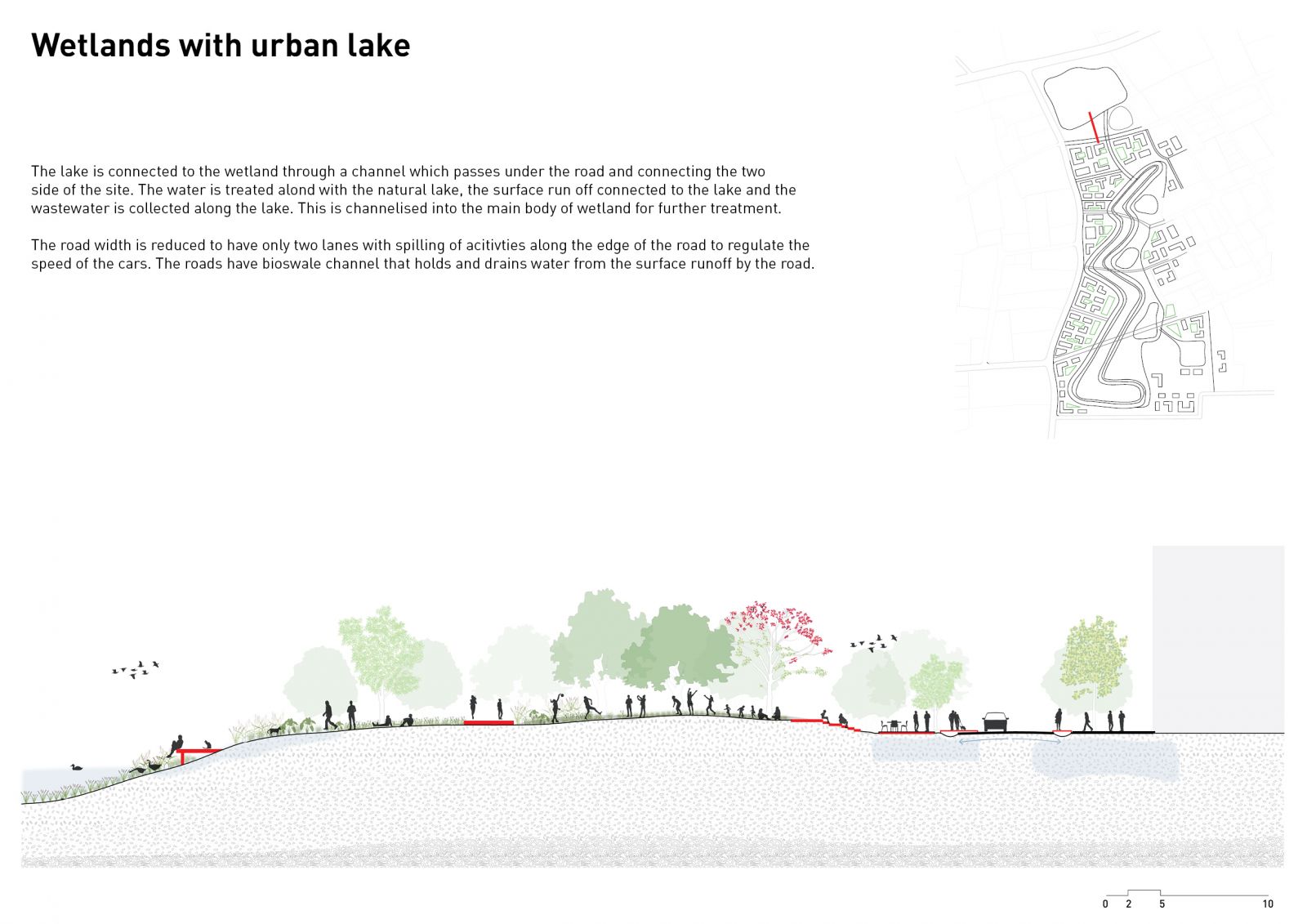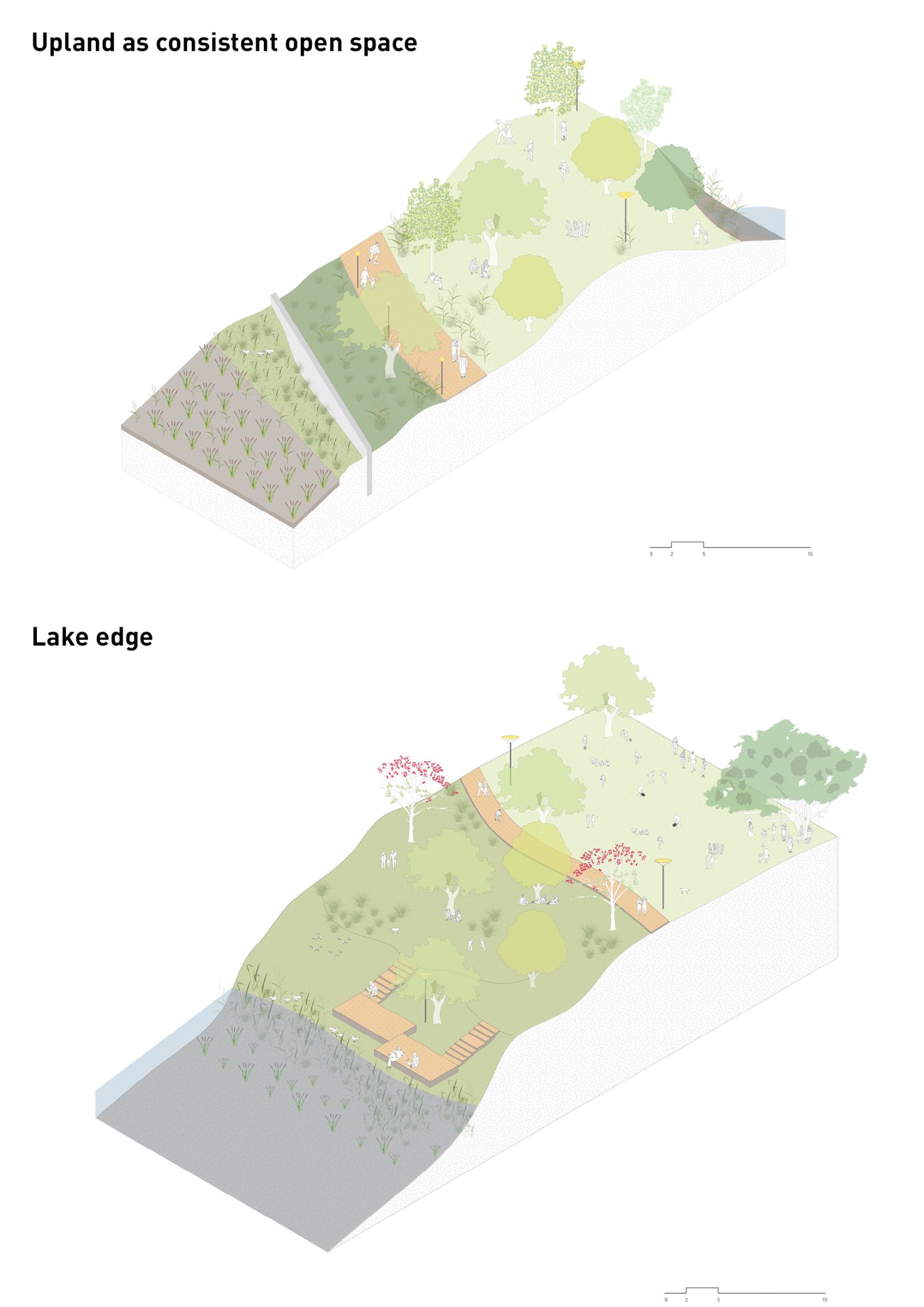Your browser is out-of-date!
For a richer surfing experience on our website, please update your browser. Update my browser now!
For a richer surfing experience on our website, please update your browser. Update my browser now!
The stress of current fast-paced developments in cities have slowly led us to a point where we are looking at irreversible damage to nature resulting in larger problems of the climate that we will soon need to address. . The project demonstrates the potential in the relationship between the vacant lands and city that operates with the absorption of various urban stresses generated with heavy developments, diminished natural air and water quality, decreasing open spaces or limitations in enjoying a healthy public life. The project works in thresholds to offset each of these stresses with an empathetic approach towards the Town Planning mechanism where the natural systems are respected along with preserving the openness of the vacant spaces.
View Additional Work